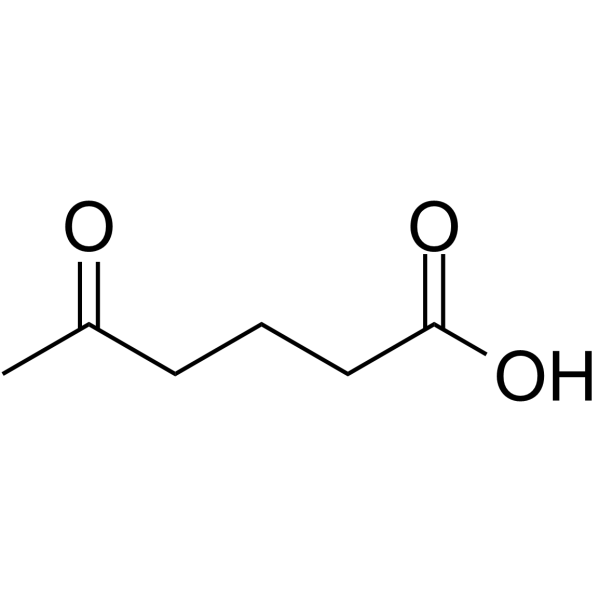Cooperative hydrogen bonds of macromolecules. 3. A model study of the proximity effect.
Jaroslav Kríz, Jirí Dybal
文献索引:J. Phys. Chem. B 111(22) , 6118-26, (2007)
全文:HTML全文
摘要
Experimental and theoretical evidence for the proximity effect as a basic mechanism of the hydrogen bond cooperativity was obtained in a model system. Hydrogen bond (HB) interaction between poly(4-vinylpyridine) (PVP) and selected acids as HB donors was studied using PFG NMR self-diffusion measurements, 1H NMR longitudinal relaxation and quantum-mechanical DFT calculations. Bivalent HB donors, such as glutaric (GA) and adipic acid (AA), were compared to univalent donors 4-chlorobutyric acid, 4-acetylbutyric acid and 5-chlorovaleric acid. PFG NMR established substantially larger HB equilibrium constants for AA and, in particular, GA than for univalent donors, thus indicating cooperativity of COOH groups in bivalent donors. According to the values of these constants, the fraction of the transiently bound GA and AA molecules, which are bound by two hydrogen bonds, is 0.70 and 0.63, respectively. This result, which means substantial cooperativity in particular in GA, was then independently verified by a relaxation study comparing longitudinal relaxation rates of univalent and bivalent donors. Analysis of relaxation led to the same probabilities that HB of one COOH group of a bivalent donor will be accompanied by HB of another COOH group of the same molecule, namely 0.70 for GA and 0.63 for AA. Such cooperativity must be due to the proximity effect, i.e., the lowering of the entropy demand of the next binding by the motional restriction imposed by the already existing bonds. This conclusion is in excellent agreement with DFT calculations on the interaction of GA with a model vinylpyridine dimer, which predict preference of double binding of the same GA molecule over that of two GA molecules and show that this preference is due to a substantially lower entropy demand.
相关化合物
| 结构式 | 名称/CAS号 | 分子式 | 全部文献 |
|---|---|---|---|
 |
5-氧代己酸
CAS:3128-06-1 |
C6H10O3 |
|
Identification of 5-hydroxyhexanoic acid, 4-hydroxyheptanoic...
[Appl. Microbiol. Biotechnol. 46(3) , 261-267, (1996)] |
|
Proline-like β-turn mimics accessed via Ugi reaction in...
[Tetrahedron Lett. 51(10) , 1367-70, (2010)] |
|
A versatile and concise route to functionally substituted ?-...
[Tetrahedron Lett. 27.1 , 99-100, (1986)] |
|
(2S, 6S, 8S)-2, 8-Dimethyl-1, 7-dioxaspiro [5.5] undecane: A...
[Tetrahedron Asymmetry 6.4 , 967-972, (1995)] |